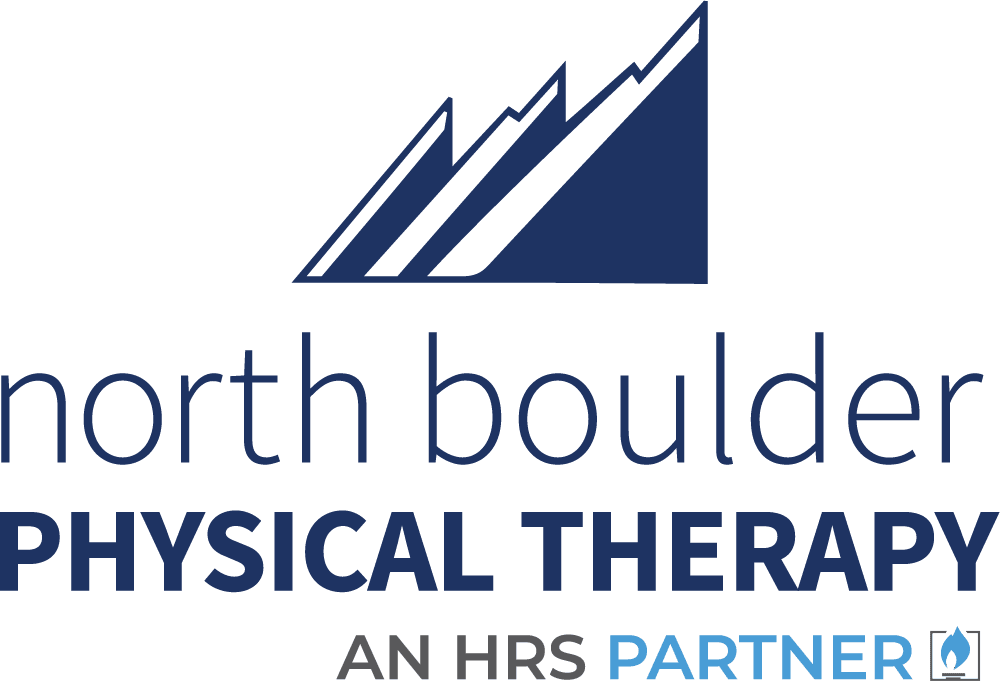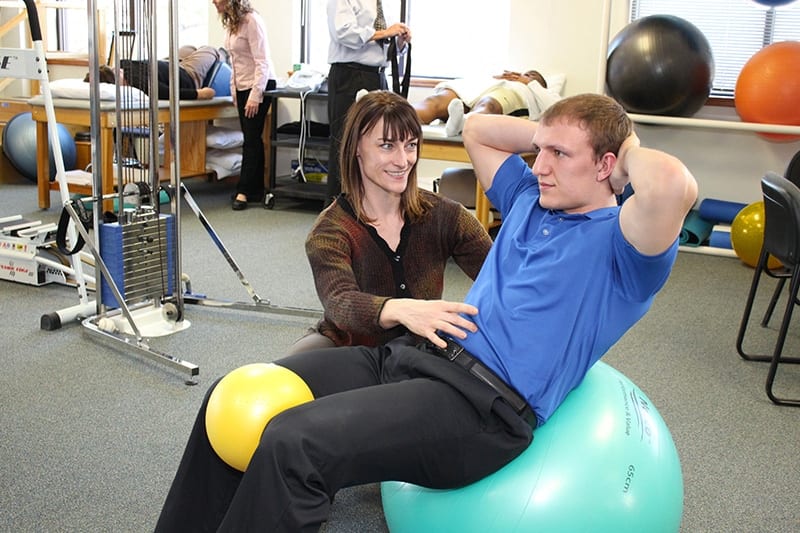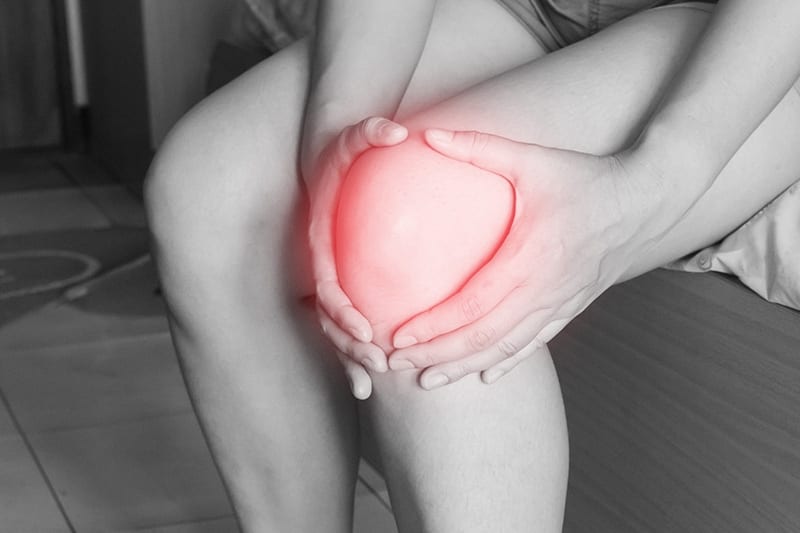 If you or a loved one is living with the illness, North Boulder Physical Therapy is now offering LSVT BIG® to treat Parkinson’s Disease. This innovative treatment method helps manage the symptoms, improve balance and gait, as well as provide greater quality of life.
If you or a loved one is living with the illness, North Boulder Physical Therapy is now offering LSVT BIG® to treat Parkinson’s Disease. This innovative treatment method helps manage the symptoms, improve balance and gait, as well as provide greater quality of life.
What is Parkinson’s Disease?
According to the National Institute of Neurological Disorders and Stroke (NINDS), Parkinson’s Disease is a motor system disorder, resulting from the loss of dopamine-producing brain cells. It’s symptoms are:
- Tremors-trembling in hands, arms, legs, jaw, and face
- Rigidity-stiffness of the limbs and trunk
- Bradykinesia-slowness of movement
- Postural instability-impaired balance and coordination
- Depression and emotional changes
- Trouble swallowing, chewing and speaking
- Urinary problems or constipation
- Problems with the skin
- Difficulty sleeping
People with Parkinson’s Disease may have difficulty walking, talking, or completing other simple tasks. People with this disease sometimes experience what is known as freezing. Freezing is when they have extreme difficulty starting to walk after having stopped, or difficulty stopping walking once they have started. This often lead to falls.
It usually affects people over the age of 60 and about half a million people in the United States have been diagnosed with Parkinson’s Disease.
Physical Therapy
People with Parkinson’s Disease can benefit from physical therapy by participating in general conditioning exercises, functional training, and gait and balance training. Physical therapy may also include the therapist using external cues to reduce the shuffling pattern of walking and improve the quality of movements. The degree of success depends on the severity of the client’s symptoms. Our therapists can also help develop strategies to safely navigate daily living activities like getting in and out of bed and to the bathroom.
Treatment of Parkinson’s Disease symptoms involves the concept of neuroplasticity, which is the brain’s ability to reorganize itself by forming new neural connections. This seeks to address the internal parts of the symptoms and can lead to significant functional improvements.
Introducing LSVT BIG®
LSVT stands for the Lee Silverman Voice Technique and has been used for decades as an effective way to treat the symptoms of impaired voice and swallowing from Parkinson’s Disease. It is called LSVT-LOUD®.
In 2002, the new LSVT-BIG® protocol was developed. It is a research-based exercise approach provided by specially-trained therapists. It involves specific exercises involving large amplitude, exaggerated movement patterns, which lead to smoother, larger, safer movements with the goal of improving the quality of life.
The principles of LSVT LOUD were applied to limb movement for people with Parkinson disease and have been shown to be effective in the short term. This special training resulted in increased amplitude of limb and body movement and in trunk rotation and gait which helped improve the speed of upper and lower limbs, balance, and the quality of life.
There are now over 4,000 certified LSVT BIG practitioners in 24 countries, including North Boulder Physical Therapy.
The LSVT article explains that LSVT BIG treatment is administered in 16 sessions over a single month, which means four individual 60-minute sessions per week. It is an intensive and complex protocol with many repetitions of core movements that are used in daily living.
According to the LSVT article, it can positively affect the quality of life, if referrals to exercise, wellness programs, and physical/occupational therapy are initiated at the time of diagnosis.
If you want to improve your quality of life, we are now offering LSVT BIG® to treat Parkinson’s Disease at North Boulder Physical Therapy which can help manage the symptoms. While early treatment provides optimal outcomes, LSVT BIG is effective for all stages of Parkinson’s Disease.



